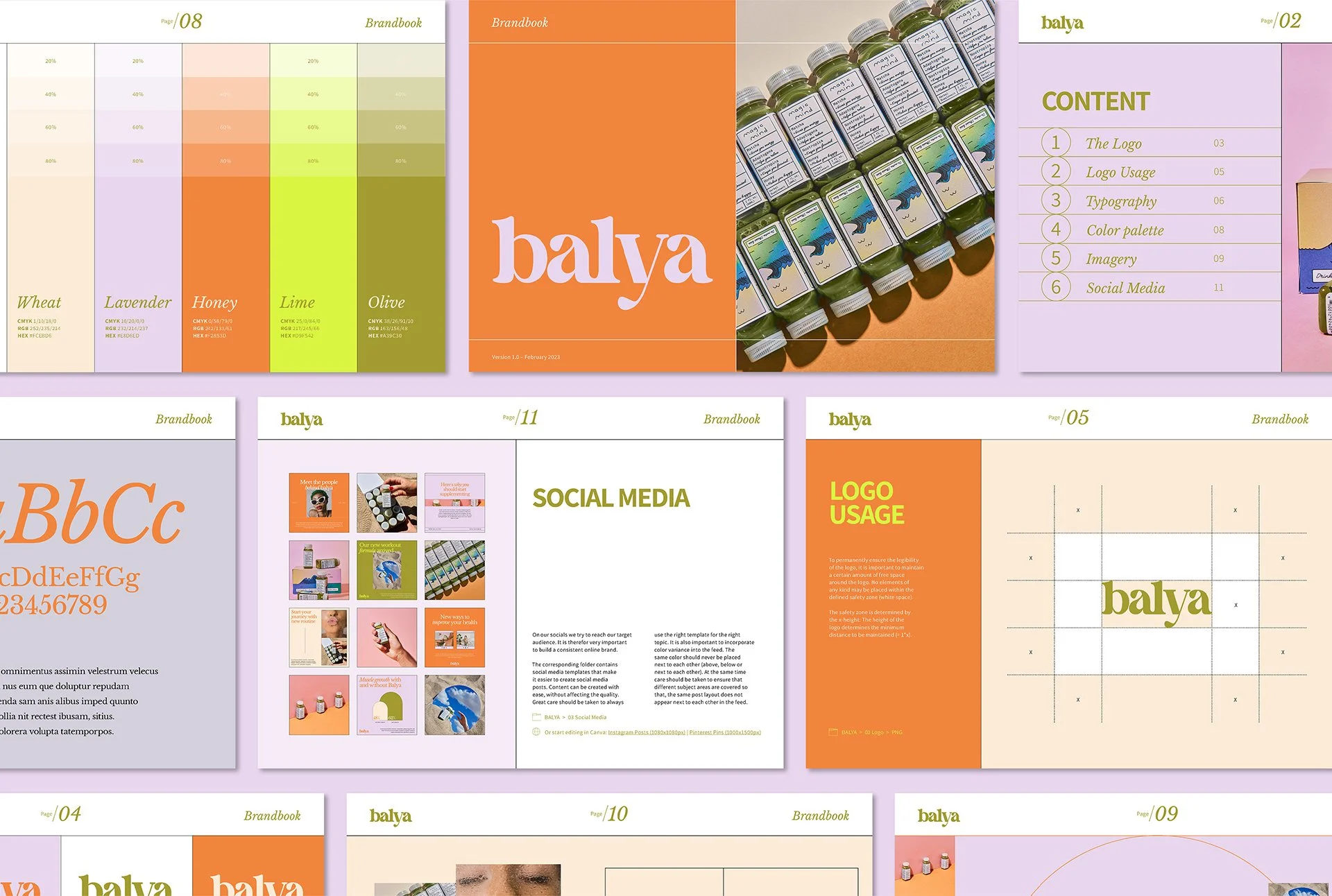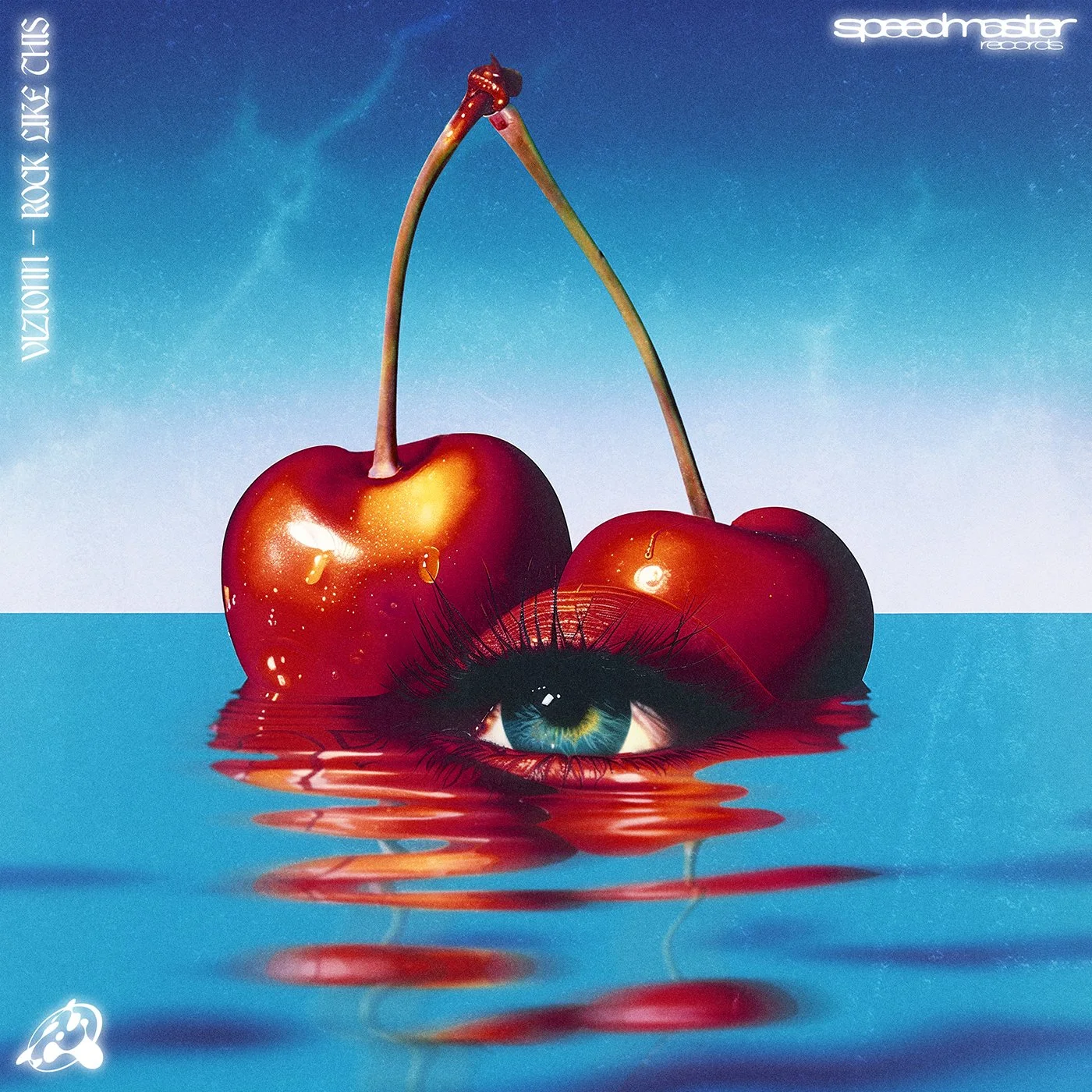Graphic Design vs. Graphic Art – What’s the Difference?
At first glance, “graphic design” and “graphic art” might seem like two ways of saying the same thing. They both involve visuals, both use design software, and both are done by people who spend too much time tweaking anchor points. But lumping them together is like saying a cookbook and a novel are the same because they both have words. They serve different purposes, use different approaches, and ultimately play different roles—both in the creative process and in the world.
Let’s clear up the confusion once and for all: What is the actual difference between graphic design and graphic art? When should you hire one over the other? And does it even matter? (Spoiler: Yes, it does.)
The Core Difference: Function vs. Expression
If we had to boil it down to a single sentence, it would be this:
Graphic design solves problems; graphic art expresses ideas.
Graphic design is functional. It has a clear goal—usually to communicate, sell, guide, or inform. Think posters, websites, app interfaces, logos, product packaging. It’s strategic, often collaborative, and typically tied to a business or marketing purpose.
Graphic art, on the other hand, is personal. It’s rooted in self-expression, storytelling, or emotion. Think illustrations, murals, concept art, album covers, or digital paintings. It doesn’t necessarily need a “goal” beyond making you feel something.
The two overlap constantly, but their intentions are different. One is driven by audience needs and communication strategy. The other by personal vision and creative exploration.
Brandbook for Balya | Click here see the full project © Vermeulen Design Studio
Graphic Design in Action: Practical, Polished, Purposeful
Graphic design lives in the realm of communication. A graphic designer might be tasked with making sure a flyer is easy to read, that a brand’s website feels on-brand and intuitive, or that a product’s packaging stands out on a crowded shelf while still fitting industry standards. It’s not just about what looks good—it’s about what works.
There are rules, grids, alignment, contrast ratios, UX principles, accessibility guidelines, and deadlines that keep it grounded. Designers often collaborate with copywriters, marketers, developers, and project managers. It’s not about self-expression; it’s about clarity.
Yes, a designer brings creativity to the table, but their creativity is harnessed to serve a goal that often starts with a client brief and ends in a performance metric.
Album Cover for Vizionn | Click here see the full project © Vermeulen Design Studio
Graphic Art in Action: Expressive, Emotional, Freeform
Graphic art is where things get weirder—in the best way. It’s expressive and personal. It might not care about readability, click-through rates, or if the color palette is “brand approved.” That’s not the point.
A graphic artist might design an editorial illustration that adds mood to a long-form article. Or a surreal digital collage that critiques capitalism. Or a series of prints based on dreams they had during allergy season. You get the idea.
This kind of work is about voice, style, and originality. It doesn’t need a “target audience.” It’s often created independently, though it can still be commissioned—especially in editorial, music, and culture spaces where personality and perspective matter.
Where It Gets Fuzzy
Here’s the curveball: Most creatives don’t live strictly in one camp or the other. Some designers do illustration. Some illustrators design posters. Some artists get asked to do branding work, and some designers create personal zines that are 100% art. And then there are the hybrids—people who blur the line on purpose because, well, that’s kind of the fun part.
Let’s say you’re creating album artwork. You might want the raw, expressive energy of a graphic artist to capture the vibe of your music. But you might also need a graphic designer to lay out the tracklist, handle the typography, and make sure the print file is actually print-ready. Same project, different roles.
This isn’t a turf war. It’s more like a venn diagram with a big squishy overlap in the middle—and that’s often where the most exciting work happens.
Why the Distinction Matters (Even if You’re Both)
Knowing the difference helps clients find the right creative for the job—and helps creatives market themselves better. If a client needs someone to “make it pop,” but also ensure the layout works across mobile, print, and digital ads, they probably need a designer. If they want something visually iconic that people will remember or emotionally respond to, they might be better off working with an artist—or at least bringing one into the process.
Also, knowing when you’re wearing your designer hat versus your artist hat can help keep your creative process sane. It’s fine to shift between the two—but if you're expected to do both at once, it’s good to be clear about what role you’re playing (and billing for).
TL;DR
Graphic design: Communicates a message. Strategic, structured, goal-driven.
Graphic art: Expresses a feeling or idea. Personal, emotive, open-ended.
Most creatives touch both. The magic happens in the overlap.
Whether you're a designer who occasionally makes weird zines or an illustrator who moonlights as a layout nerd, it’s all valid. Understanding the difference between design and art isn't about drawing a hard line—it’s about knowing what’s being asked of you, and delivering the right kind of creative energy in return.
And if you’re hiring: know whether you need someone to solve a problem or start a conversation. (Or ideally, both.) If that sounds like your vibe, you can hire me. And if you're a fellow designer, feel free to roam through my shop—I’ve packed it with assets that are anything but boring.





